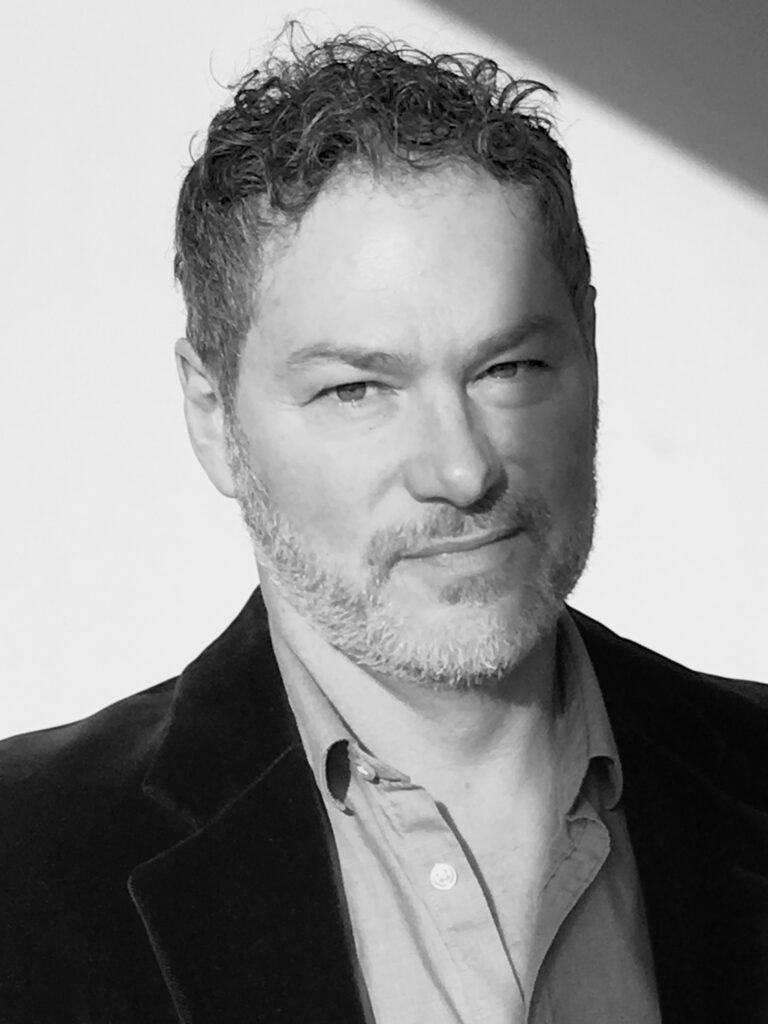Meet the Curator: Kevin Moore
Posted on September 4, 2018
New York-based Artistic Director and Curator Kevin Moore brings two exciting—and distinctive—odes on photography to FotoFocus this year: Paris to New York: Photographs by Eugène Atget and Bernice Abbott, which exhibits at Taft Museum of Art, and Mamma Andersson: Memory Banks at the Contemporary Arts Center.
In Paris to New York, Moore explores the relationship between American photographer Berenice Abbott (1898–1991) and French photographer Eugène Atget (1857–1927), who met in Paris in the 1920s and conducted comparable documentary projects.
As you explain, when Atget and Abbott met, he was working to document the city of Paris as it was being modernized after WWI. Abbott became a fierce advocate for Atget’s work, acquired most of his photographs after his death, and then conducted a similar project in 1930s New York before its own transformation. How did you come upon this idea, and what do you hope to accomplish?
It seemed so obvious that I thought surely someone had already done it. This exhibit is an interesting take on human nature—about their personalities and what it means for art history and defining documentary as a style. And as for Bernice Abbott, she was a woman artist who didn’t get her due.
What are the challenges of exhibiting in an historic venue like the Taft Museum of Art?
We went to the Taft and said What if you let us invent a new show? These are shows that could be at any major museum. But we have a lot of freedom with FotoFocus.
In Mamma Andersson: Memory Banks, you exhibit paintings, which don’t immediately seem to fit the show or this year’s theme, Open Archive. How do you reconcile her work with these parameters?
Photography is the gateway drug for art. Almost every painter I know deals with photography. Mamma Andersson is probably Sweden’s most famous living painter. Her pictures are very narrative but very spatially strange. She derives motifs from newspapers and ephemera—she almost has nostalgia for this world of printed objects. This exhibit will show the clutter and ephemera in her paintings.
How do you hope FotoFocus attendees will react to these exhibits?
We resist urge to go out of bounds, but we do hint at what the show might mean to contemporary life. I love to tease people with open-endedness—there’s a hum of this other layer of meaning. In curating, you do have to think theatrically. You want it to have a visual impact. People tend to have these contradictory expectations of photography: the need to believe, but also being overwhelmed by falseness.
